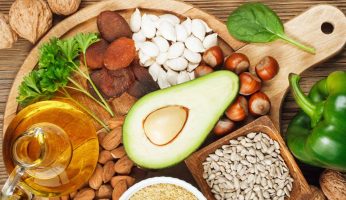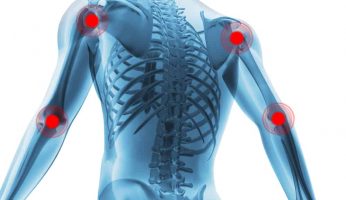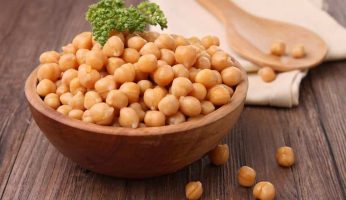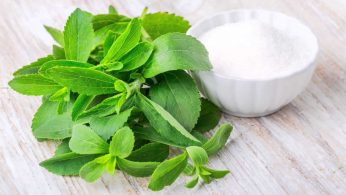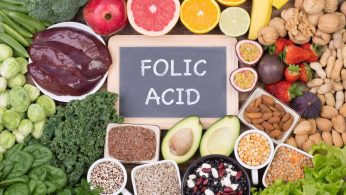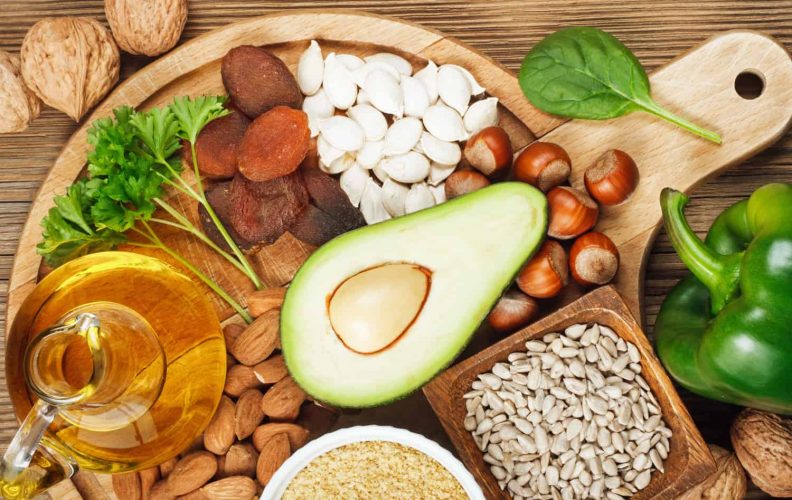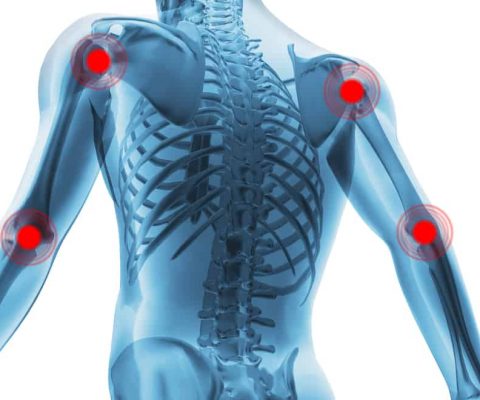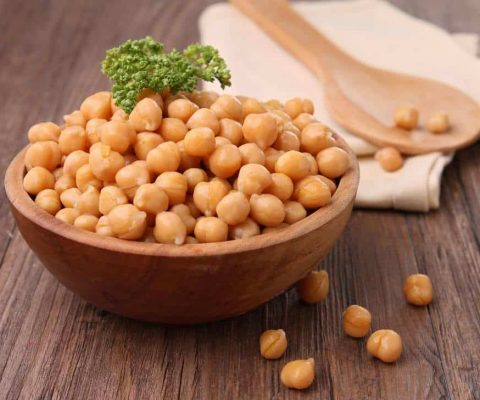8 Magnesium-Rich Foods: Boost Your Magnesium Intake for Better Health
Disclosure: We use affiliate links and may receive a small commission on purchases.
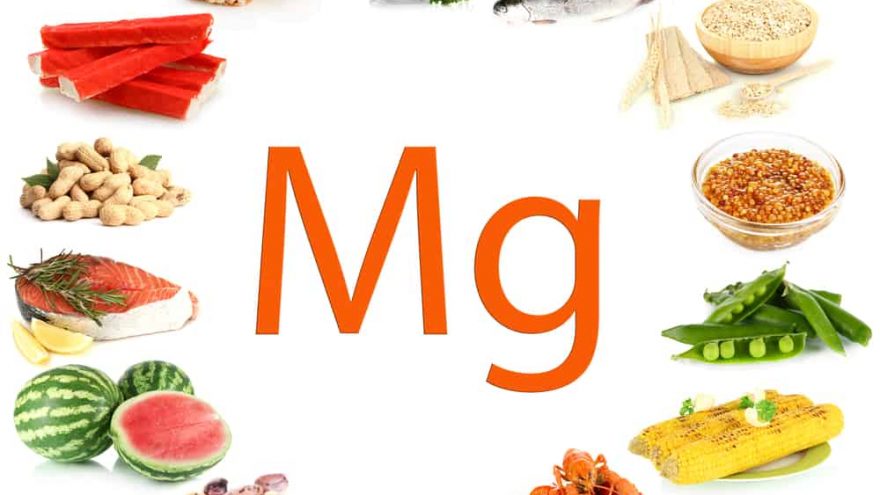 8 Magnesium-Rich Foods: Boost Your Magnesium Intake for Better Health
thefitbay.com
8 Magnesium-Rich Foods: Boost Your Magnesium Intake for Better Health
thefitbay.com
Magnesium is an electrolyte that’s important to nearly every function and tissue in the body. It’s involved in at least 300 biochemical reactions within the body. It helps regulate blood pressure, strengthen bones, and steady the heart’s rhythm. Magnesium also supports a healthy immune system, prevents inflammation associated with certain cancers, boosts heart health, and wards off insomnia and depression. A Harvard study found that high daily magnesium intake reduced the risk of developing diabetes by 33 percent, while other studies have found that magnesium helps with migraines.
Consuming the correct amount of magnesium per day is essential to living a healthy life. While a magnesium deficiency can lead to unpleasant symptoms such as muscle cramps and insomnia, too much magnesium can result in diarrhea as the body tries to rid itself of the excess. The average daily value for magnesium is about 400 mg, although it will vary depending on age and gender.
Symptoms of Magnesium Deficiency
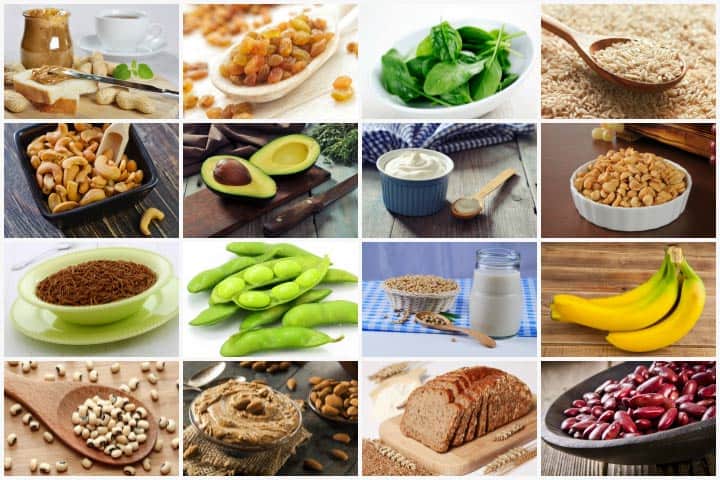
Less than a third of American adults don’t get the recommended daily dose of magnesium. Magnesium-deficient people suffer from a variety of symptoms, including facial tics, anxiety, depression, insomnia, personality changes, fibromyalgia, and muscle spasms. Magnesium helps muscles relax, contract, and make it easier to move around, so a magnesium deficiency can result in involuntary neuromuscular movements.
Health Benefits of Magnesium
Getting the required daily amount of magnesium is especially important for adults as they get older, since their bodies start absorbing and retaining nutrients less efficiently with age. Pregnant women should also be sure to get enough magnesium to encourage the healthy development of the fetus, although too much of the mineral can also be harmful. Magnesium helps with digestion, relieves muscle pain, improves exercise performance, calms nerves and anxiety, increases energy, treats hypertension, prevents migraines, and prevents osteoporosis.
Recommended Daily Allowance for Magnesium
According to the National Institutes of Health, these are the current RDAs for magnesium depending on age and gender:
- Infants–6 months: 30 mg
- 7–12 months: 75 mg
- 1–3 years: 80 mg
- 4–8 years: 130 mg
- 9–13 years: 240 mg
- 14–18 years: 410 for men; 360 mg for women
- 19–30 years: 400 mg for men; 310 mg for women
- Adults 31 years and older: 420 mg for men; 320 mg for women
- Pregnant women: 350-360 mg
- Women who are breastfeeding: 310-320 mg
Though you can take magnesium supplements, experts say you should ideally get your magnesium naturally through your diet. But before you start loading your plate with foods rich in magnesium, you should know what foods (and beverages) to avoid because they deplete magnesium.
Foods and Beverages You Should Avoid
- Carbonated beverages
Most dark-colored sodas contain phosphates, which actually bind with magnesium inside the digestive tract and render it unavailable to the body. So even if you’re consuming enough magnesium, drinking soda can actually flush it out of your system. All that hard work for nothing! Eliminating sodas altogether or reducing the amount you drink can greatly improve your health in many ways, including raising your magnesium levels in the long run.
- Refined sugar
Refined sugar has no nutritional benefits and definitely no magnesium (unlike molasses, which is the purer form of sugar and contains magnesium). Even worse, sugar also causes the body to excrete magnesium through the kidneys. Sweet foods are even known by nutritionists as “anti-nutrients,” because they replace whole nutritious foods in the diet while actually consuming nutrients when digested. Sugar therefore results in a net loss of nutrients in the body, because all foods require vitamins and minerals to be digested. Instead of refined sugar, include foods that replenish the vital nutrients in your body.
- Caffeinated beverages
Regular consumption of caffeinated beverages increases the risk of magnesium deficiency. The kidneys, which filter and excrete excess minerals, largely control the body’s magnesium levels. Unfortunately for those of us who love drinking coffee, tea, and soda, caffeine causes the kidneys to release extra magnesium regardless of the body’s actual magnesium levels. Replace caffeinated beverages with mineral water, which contains essential minerals–including magnesium. (Unfortunately, filtered tap water contains almost no magnesium, so you’ll have to pay a little extra for the fancy stuff.)
- Alcoholic beverages
Like a diuretic, alcohol lowers magnesium available to the cells by increasing the kidneys’ excretion of the mineral. Researchers have found that 30% of alcoholics suffer from clinical magnesium deficiency. Increased alcohol intake also contributes to decreased efficiency of the digestive system and Vitamin D deficiency, both of which can contribute to low magnesium levels.
Magnesium Rich Foods
Now that you’ve taken steps to reduce or eliminate the above magnesium-eliminating foods and beverages from your daily life, it’s time to add some magnesium to your diet. By regularly consuming these 8 magnesium-rich foods, you can avoid the health problems caused by magnesium deficiency and lead a healthier life.
Dark Leafy Greens (Raw Spinach)
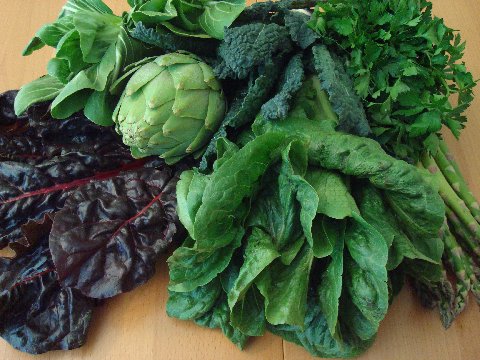
Dark leafy greens such as raw spinach contain about 79 mg of magnesium, or 20% of your recommended daily value. Other greens high in magnesium include Swiss Chard (38% of DV), Kale (19%), Collard Greens (13%), and Turnip Greens (11%). Dark leafy greens contain an abundance of vitamins, minerals, and carotenoids and act as antioxidants in the body. They’re also an excellent source of fiber, folate, vitamins C and K, iron, and calcium. The antioxidant properties of dark leafy greens (you can tell they’re healthy because of the rich color, much like vibrant bell peppers or other vegetables) remove free radicals from the body before they become harmful.
Nuts and Seeds (Squash and Pumpkin Seeds)
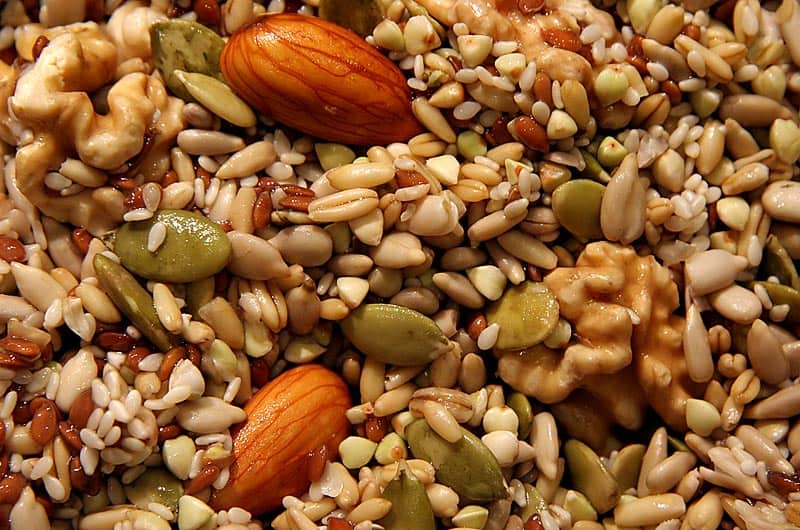
In just 100g of nuts and seeds, there are 534 mg of magnesium. That’s a whopping 134% of the daily value. Plus, nuts and seeds are an excellent source of dietary fiber and healthy fats. They can also reduce inflammation and the risk of heart disease or diabetes. Other nuts and seeds high in magnesium include sesame seeds (63%), Brazil nuts (63%), almonds (48%), cashews (44%), pine nuts (43%), mixed nuts (39%), peanuts (31%), pecans (17%), and walnuts (16%).
Fish (Mackerel)
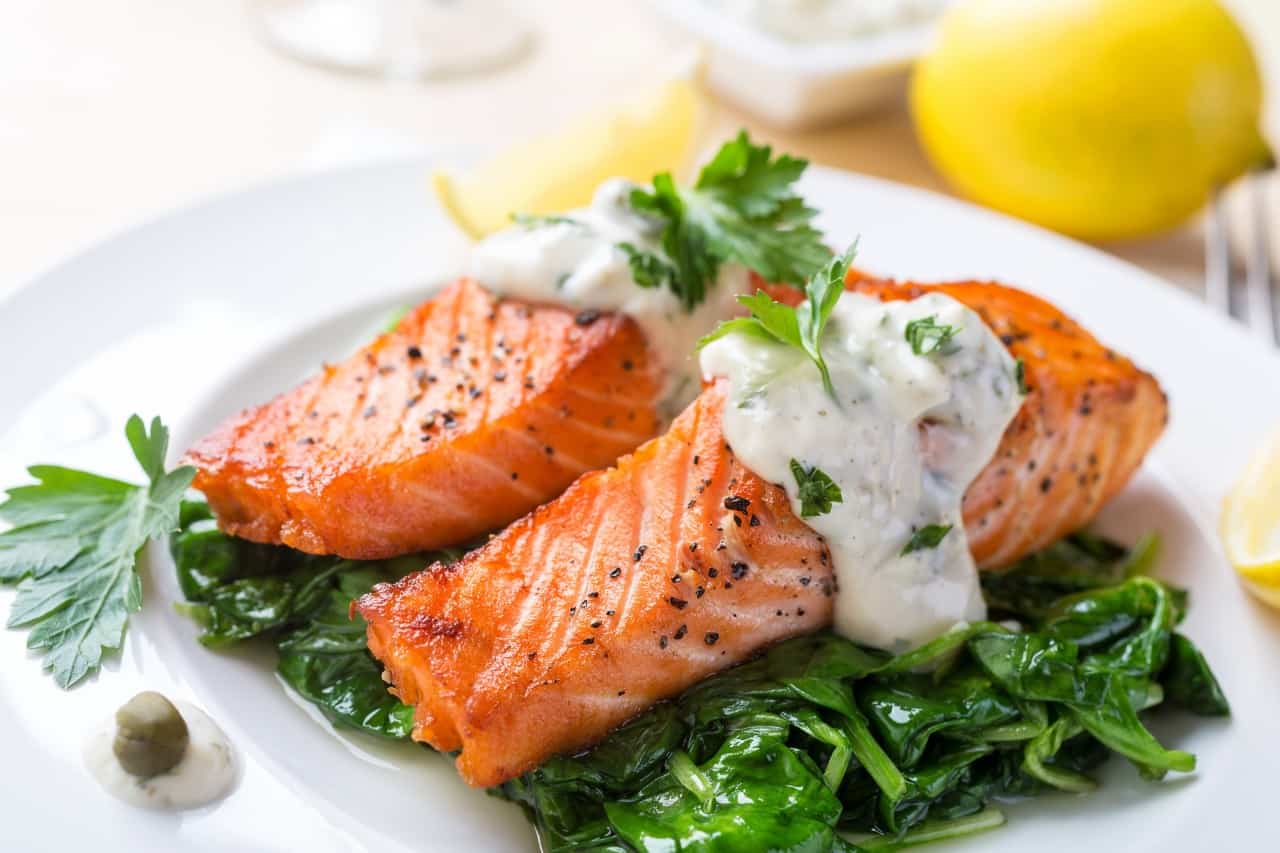
We know fish are loaded with important nutrients such as Vitamin D and protein, but did you know it also contains magnesium? 100g of mackerel contains 97 mg of magnesium, or 24% of the recommended daily value. Fish are also the world’s best source of omega-3 fatty acids, which are vital for supporting body and brain function. Other fish high in magnesium include pollock (18% DV), turbot (14% DV), and tuna (14%). Most other fish have around 8% of the DV for magnesium.
Beans and Lentils (Soybeans)
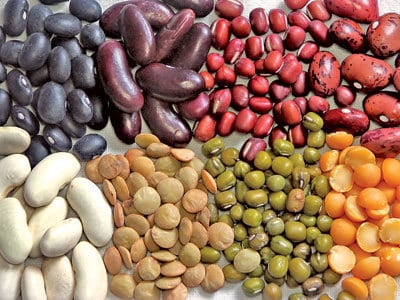
Soybeans contain about 22% of the recommended daily value of magnesium. Lentils help support heart health and digestive help. They are a great source of fiber, which keeps you fuller for longer and also promote weight loss. Combining iron-rich beans and lentils with good sources of Vitamin C increases the body’s ability to absorb iron. Lentils are a source of iron, at 37% of the DV. Other beans and lentils high in magnesium include white beans (28%), French Beans (25%), Black-eyed Peas (23%), Kidney Beans (21%), Chickpeas (Garbanzo) (20%), Lentils (18%), and Pinto Beans (16%).
Whole Grains (Brown Rice)
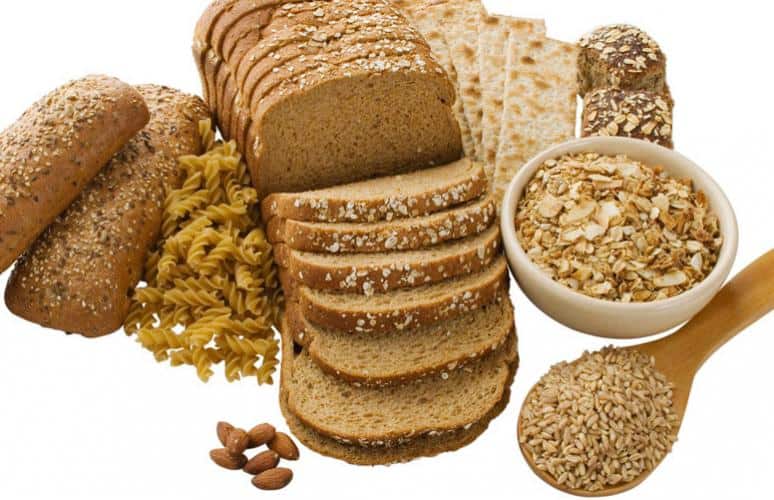
Whole grains such as brown rice are rich in proteins, thiamine, calcium, magnesium, fiber, and potassium. For those trying to lose weight or those suffering from diabetes, brown rice can be an alternative thanks to its low glycemic rating. The low glycemic rating helps reduce insulin spikes. Other whole grains high in magnesium are quinoa (30%), millet (19%), bulgur (15%), buckwheat (13%), wild rice (13%), whole wheat pasta (11%), barley (9%), and oats (7%).
Avocados
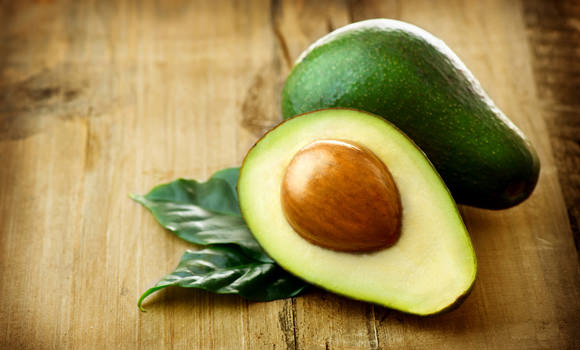
Avocados are an excellent source of protein and healthy fats, but they also contain magnesium. 100g of avocado contains about 29 mg, or 7% of the recommended daily value. Avocados also contain Vitamin C and K, folate, and Vitamin B6. Try replacing fattening foods with delicious healthy fats like the ones in an avocado that will keep you full all day.
Yogurt

Low-fat dairy, or non-fat yogurt, contains about 19 mg of magnesium within 200g of total food. Yogurts are probiotic, which means they replenish the bacteria in your gut that help fight off infection. Dairy foods have a cocktail of nutrients such as calcium, vitamin B-2, B-12, potassium, and magnesium. They are a great source of protein and can be mixed with nuts, seeds, or chocolate for more taste.
Bananas
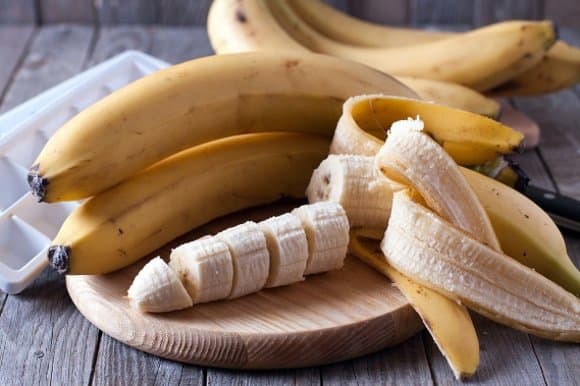
In 100mg of bananas, there are 27 mg of magnesium–or 7% of the RDA. Bananas are also rich in potassium, fiber, and Vitamin C, improve digestion, and promote weight loss. Throw them in a smoothie if you don’t like the texture.

